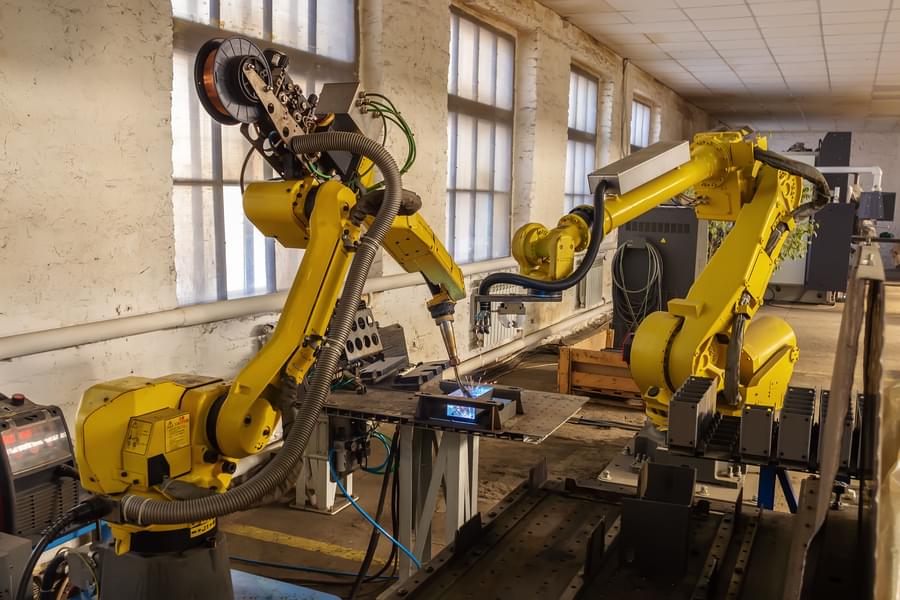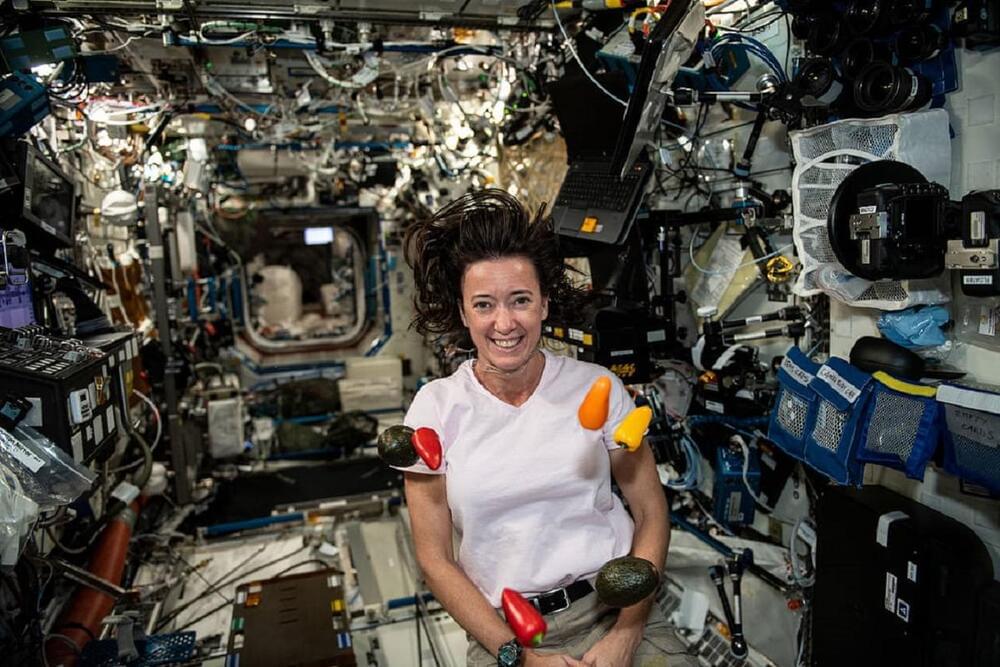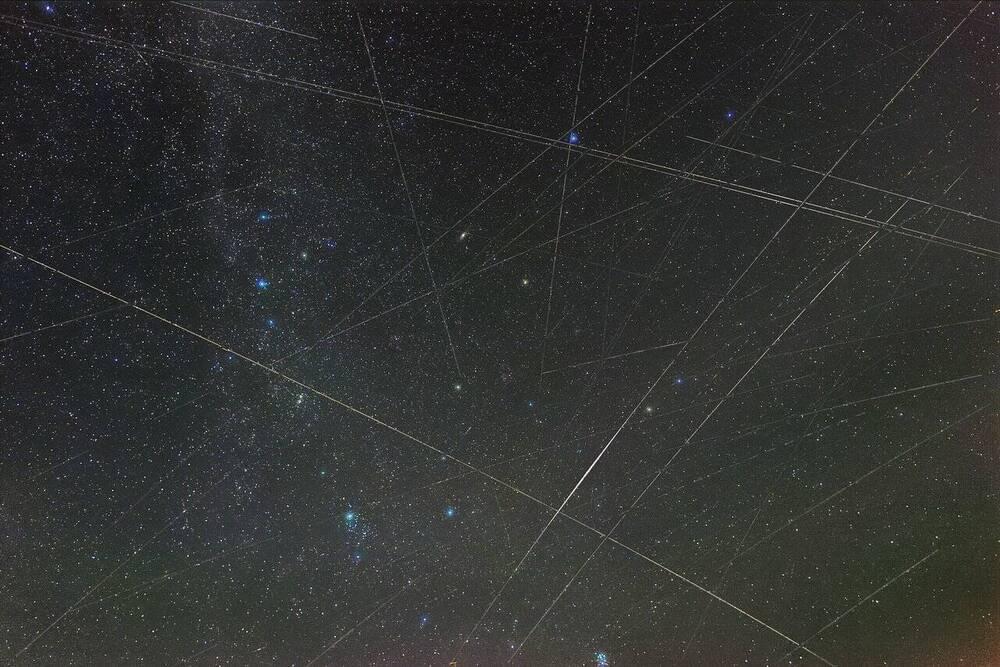A new machine-learning system helps robots understand and perform certain social interactions. Robots can deliver food on a college campus and hit a hole-in-one on the golf course, but even the most sophisticated robot can’t perform basic social interactions that are critical to everyday human life. MIT researchers have now incorporated certain social interactions into a framework for robotics, enabling machines to understand what it means to help or hinder one another, and to learn to perform these social behaviors on their own. In a simulated environment, a robot watches its companion, guesses what task it wants to accomplish, and then helps or hinders this other robot based on its own goals. The researchers also showed that their model creates realistic and predictable social interactions. When they showed videos of these simulated robots interacting with one another to humans, the human viewers mostly agreed with the model about what type of social behavior was occurring. Full Story:








